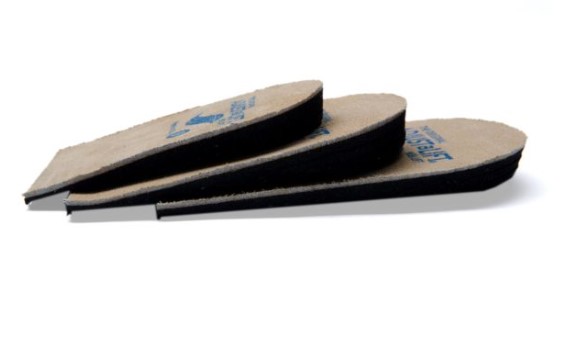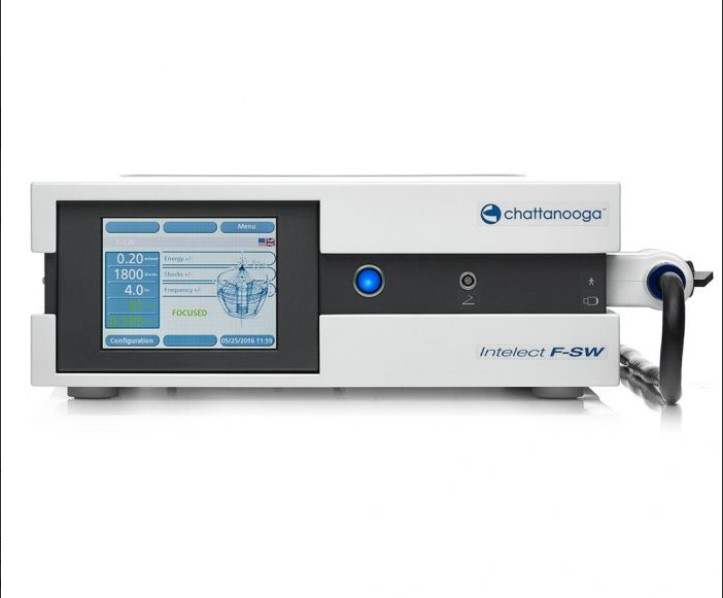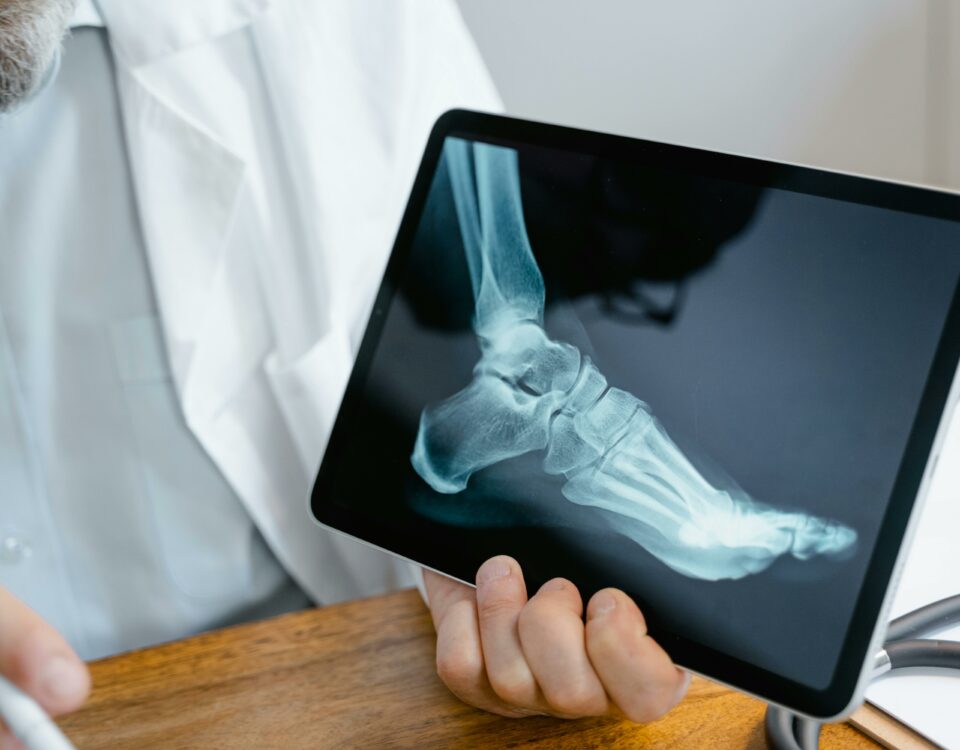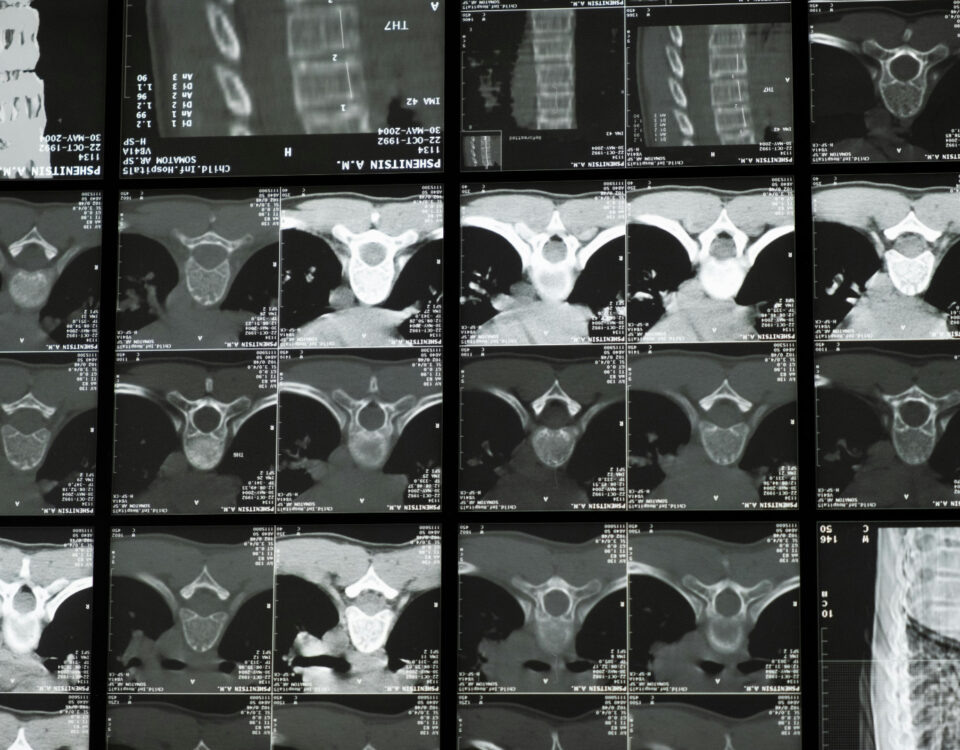
Turmeric and Curcumin Capsules for Joint Pain
January 19, 2024
Shock Wave Therapy (ESWT) may be the answer to deeper healing for you – because it works.
February 15, 2024Clinical Insights: Managing Leg Length Inequality with Heel Lifts
Leg length inequality (LLI) is a common condition that can lead to low back pain as well as foot, ankle, knee and hip problems. As a chiropractor specializing in orthopedics, I often manage Leg Length Inequality with Heel Lifts. I aim here to provide an understanding of how heel lifts serve as a fundamental intervention in the management of LLI within clinical practice.
How does Leg Length Inequality Happen?
While leg length inequality can result from anatomical discrepancies present from birth, often it is due to functional adaptations due to trauma, surgery, or postural abnormalities. LLI alters biomechanics, affecting joint alignment and muscle function along a kinetic chain. The kinetic chain is the entire weight, leverage, and action transfer from the ground all the way up. Often discrepancies are not visually detectable or noticeable (although you might notice different wear patterns on the soles of shoes). Patients may experience pain, altered gait patterns, and increased risk of overuse injuries.
How can Heel Lifts help?
Heel lifts, or shoe inserts, offer a non-invasive method to address LLI by compensating for the shorter limb’s deficit. By elevating the heel of the shorter limb, heel lifts restore symmetry, promoting balanced weight distribution and mitigating compensatory mechanisms.
How are Heel Lifts Fitted?
Clinical assessment plays an important role in determining the appropriate heel lift intervention. At Blue Heron Chiropractic, we use a specialized gravity-dependent lift table to get an actual functional measurement; often clinics do not have these and therefore their findings are “estimates” and can be “off”. Occasionally, precise measurement of LLI through radiographic imaging or clinical examination informs the selection of lift height. The type of problem and exact issue involved suggests whether we are performing a temporary or permanent correction. Generally, lifts ranging from 3 to 9 millimeters effectively address mild to moderate discrepancies, while greater discrepancies may necessitate shoe modification. Custom orthotic fabrication can incorporate a heel lift and also address other postural or gain problems simultaneously.
Is that all there is to the treatment, add a Lift?
It is imperative to recognize that heel lifts are not a universal solution. Individual patient factors, such as pathology, joint mobility, and functional limitations, must be carefully considered. Furthermore, the integration of heel lifts within a comprehensive treatment plan, which should be considered to nclude manual therapy, therapeutic exercise, and patient education, optimizes outcomes and addresses underlying biomechanical dysfunction.
What else goes into an LLI Treatment Plan?
Patient education is paramount in facilitating adherence and optimizing outcomes. Educating patients on the rationale behind heel lift usage, potential benefits, and anticipated adaptation periods helps compliance and empowers patients to actively participate in the rehab journey. Individual differences between patients and their habits and uses become patient-specific factors we must account for.
A follow-up evaluation of symptoms, gait mechanics, and functional outcomes ensures treatment is effective and guides further interventions as needed.
Why treat with a heel lift at Blue Heron Chiropractic?
Heel lifts represent a valuable tool in the management and/or correction of LLI. Through their ability to restore symmetry and optimize biomechanical function, heel lifts contribute to improved patient outcomes and enhanced quality of life. However, using them for optimal results requires an understanding of patient-specific factors and some future monitoring to ensure safe and effective use. As a clinician at Blue Heron Chiropractic at 1934 NE Broadway in Portland, my commitment to evidence-based practice and patient-centered care remains paramount in maximizing the benefits of heel lift intervention for individuals with LLI. Ask about a heel lift at a chiropractic session you can set up here.
Want some more chiropractic reading? Try our prior blog on Curcumin and Turmeric for Joint Pain.




